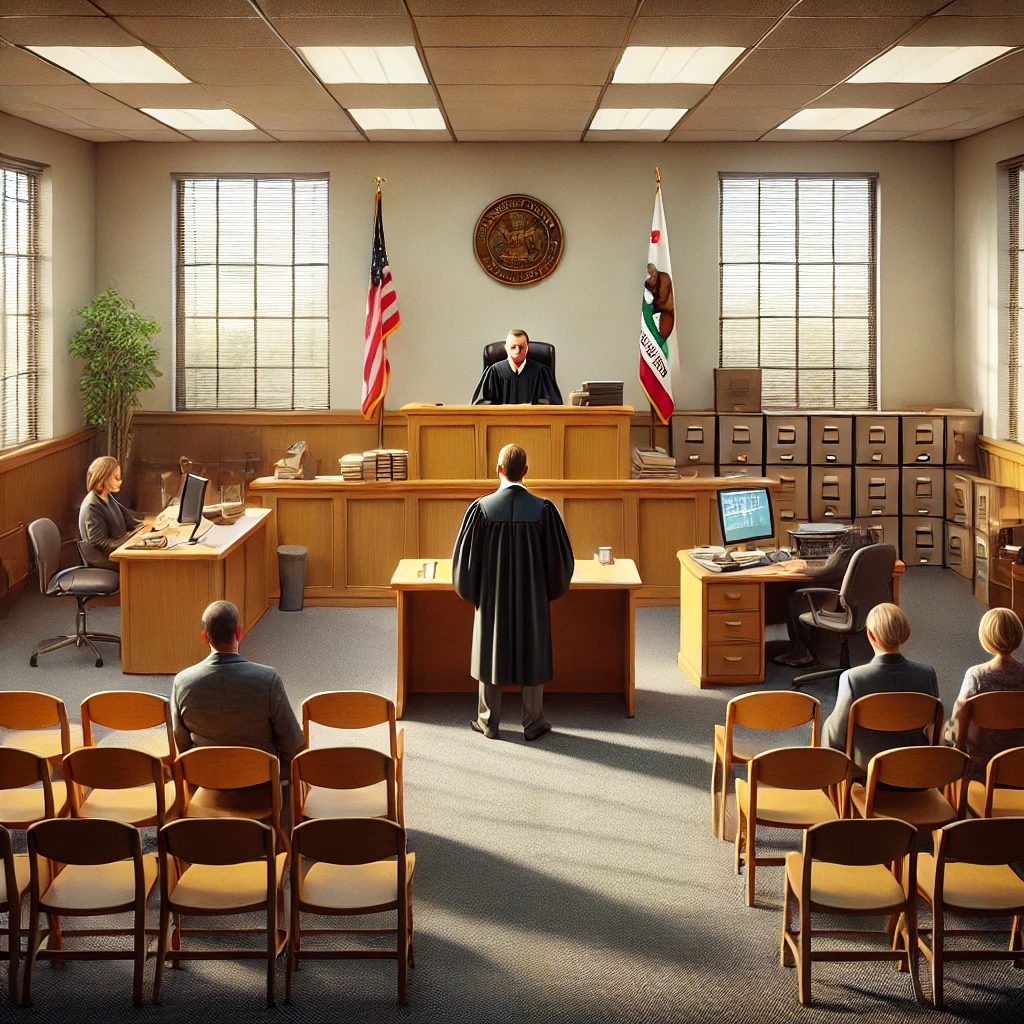The 7 Steps in a Civil Case: A Practical Overview for Litigants

Civil lawsuits can seem overwhelming, but understanding the basic steps can make the process much easier. Knowing what to expect is key whether you’re suing someone or being sued. Let’s break down the steps in a simple way that anyone can follow, using real-life examples and laws.
1. Filing the Complaint
The journey begins when the plaintiff (the person suing) files a complaint in court. This document explains what happened, why the plaintiff believes the defendant (the person being sued) is responsible, and what they want as compensation.
- Real Case Example: In the famous case Brown v. Board of Education, the plaintiffs filed a complaint arguing that racial segregation in schools was unconstitutional.
- Key Facts to Know:
- Complaints must follow specific rules. Filing in the wrong court can lead to delays.
- Your attorney will help you draft the complaint to ensure it meets legal standards.
2. Pre-Trial Motions and Discovery
Once the complaint is filed, both sides exchange information and gather evidence. This process is called discovery.
- What Happens During Discovery:
- Interrogatories: Written questions one side sends to the other, which must be answered under oath.
- Document Production: Sharing important documents or evidence.
- Depositions: Witnesses give testimony under oath, recorded for later use in court.
- Real Case Example: In Zubulake v. UBS Warburg, discovery focused on retrieving emails that were critical to the case.
3. Settlement Negotiations
Before going to trial, many cases are resolved through settlement. This is when both sides agree on a solution without the need for a judge or jury to decide.
- Why Settle?
- It’s faster and cheaper than going to trial.
- Both parties have more control over the outcome.
- Alternative Methods:
- Mediation: A neutral third party helps both sides reach an agreement.
- Arbitration: A private decision-maker hears the evidence and makes a ruling.
- Real Case Example: In Roe v. Wade, the parties originally attempted negotiations before the case went to the Supreme Court.
4. Trial Preparation
If no settlement is reached, it’s time to prepare for trial. This is a critical stage where attorneys organize evidence, rehearse arguments, and finalize their strategy.
- Steps to Prepare for Trial:
- Gather all documents, photos, or videos that support your case.
- Create a timeline of events to explain your side clearly.
- Identify witnesses who can testify on your behalf.
- Real Case Example: In O.J. Simpson’s civil trial, both sides used extensive evidence, including DNA, to argue their case.
5. Trial
During the trial, both sides present their arguments and evidence in court.
- What Happens in Court:
- The plaintiff goes first, explaining their case and calling witnesses.
- The defendant follows, presenting their side of the story.
- Lawyers may cross-examine witnesses to challenge their testimony.
- Real Case Example: In Liebeck v. McDonald’s, also known as the “hot coffee case,” the trial revealed evidence about the coffee’s dangerous temperature, leading to a verdict for the plaintiff.
6. Jury Trial and Verdict
If there’s a jury, they will listen to the evidence and decide the outcome.
- Jury’s Role:
- The jury deliberates privately to decide who wins the case.
- If the plaintiff wins, the jury decides the amount of damages (money) the defendant must pay.
- Real Case Example: In Anderson v. Cryovac, the jury awarded significant damages to residents affected by contaminated water.
- Key Point: The verdict can be appealed if one side believes the trial was unfair or a legal mistake was made.
7. Post-Trial Procedures and Appeals
After the trial, there are still a few steps that might occur:
- Post-Trial Motions: The losing side might file a motion to change the verdict or even request a new trial.
- Appeals: If someone believes the court made an error, they can ask a higher court to review the case.
- Real Case Example: In Miranda v. Arizona, the case was appealed to the Supreme Court, which resulted in the creation of the famous “Miranda Rights.”
Conclusion
Understanding these steps can help you navigate a civil case with confidence. Each step plays a crucial role in reaching a fair outcome. Whether you’re suing or defending yourself, knowing the process is your best strategy for success.
Frequently Asked Questions (FAQs)
- What is the difference between a civil and criminal case?
Civil cases deal with disputes between people or businesses, while criminal cases involve someone breaking the law. - Can I represent myself in a civil case?
Yes, but hiring an attorney can improve your chances of success. - What happens if I lose my case?
You might have to pay damages, but you can appeal the decision if you think it’s unfair. - How long does a civil case take?
It depends on the complexity, but cases can take months or even years. - What is a small claims court?
Small claims court handles disputes involving small amounts of money, usually without attorneys. - Can a civil case turn into a criminal case?
Yes, if evidence of criminal activity is discovered during the civil case.

Next Articles
How Much Divorce In California? A Comprehensive Guide
Understanding the Federal Budget Pie Chart
Navigating the CA Superior Court: Essential Resources and Services













